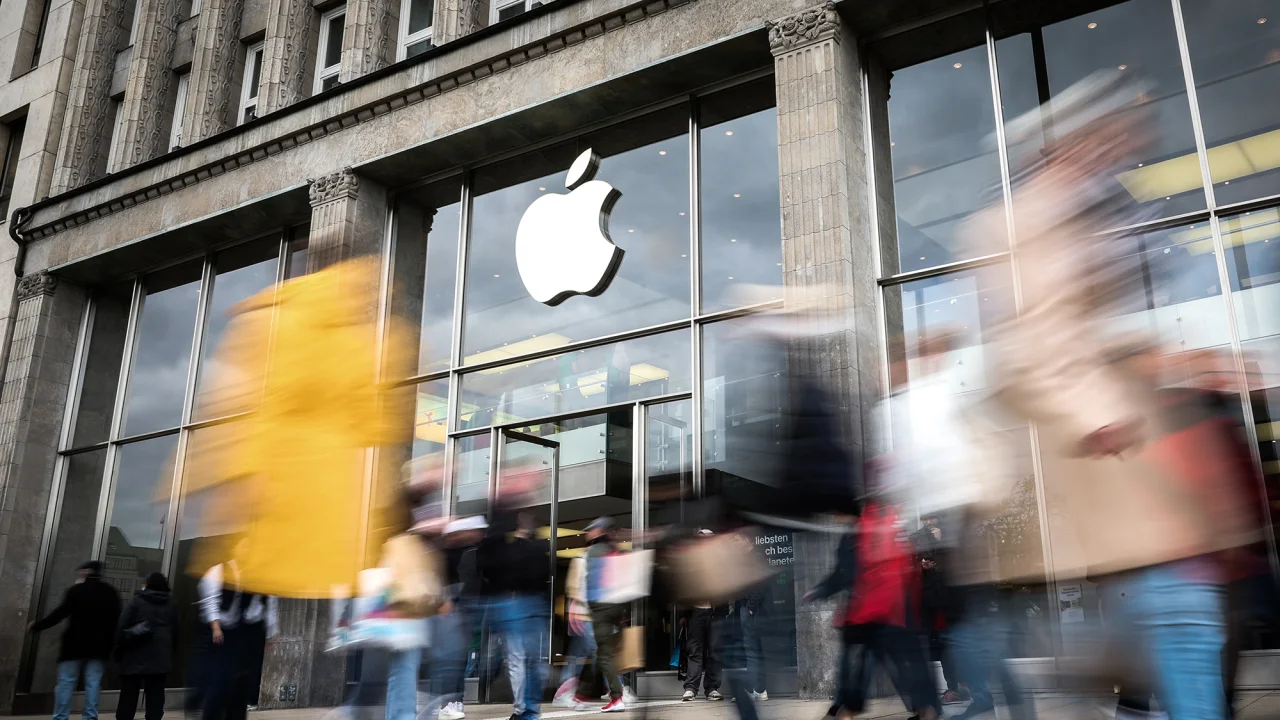Apple AI spending and deployment differs from Big Tech rivals

Apple has acquired more than two dozen artificial intelligence companies since 2015. There are hardly any household names among them, such as Emotient, Laserlike, Drive.ai, AI.Music, and WaveOne. In addition to its constantly upgraded smartphones, computers and watches, streaming music and television services, operating systems, and a variety of mobile applications, Apple engineers have incorporated the procured technologies into the Vision Pro mixed-reality headset, expected to be released next year.
As Apple has generally remained quiet about its overall strategy in the artificial intelligence space, including its longstanding internal AI R&D, it does not talk publicly about AI acquisitions. While big tech competitors — Microsoft, Google, Meta, and Amazon — are promoting their large language model (LLM) platforms and generative AI chatbots, they are loquacious in promoting them.
It’s in the DNA of Cook and Cupertino. Analyst Dan Ives at Wedbush Securities said, “They tend not to speak until they release.”
It is not just publicity that stands out from Apple’s AI approach to date and its impact on its consumer-centric business model in the future.
Apple focuses on machine learning infrastructure, while its rivals build stand-alone models.
A research firm, PitchBook, has tracked 30 AI acquisitions by Apple over the past eight years, including acquisitions of leading teams of talent in each domain, which can bring machine-learning techniques to particular consumer products. Brendan Burke, an emerging technology analyst at PitchBook, said Apple makes acquisitions based on leadership teams in each domain. This has led the acquisition strategy to target consumer applications of AI primarily, as well as operational techniques for machine-learning deployment and edge devices, as well as limited investments in deep learning and horizontal technologies.
